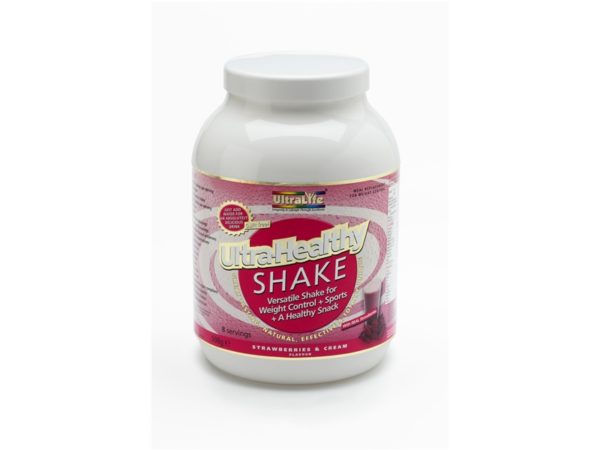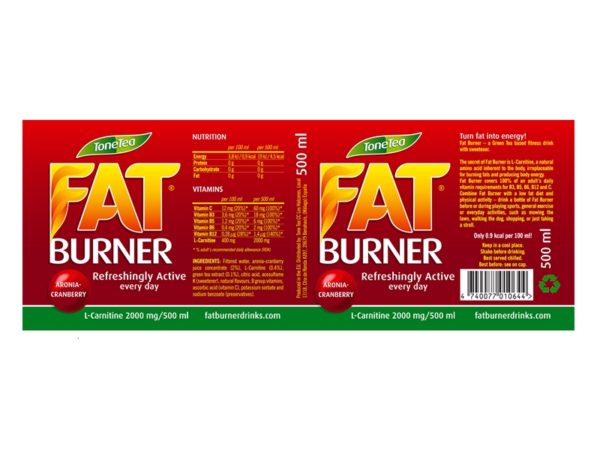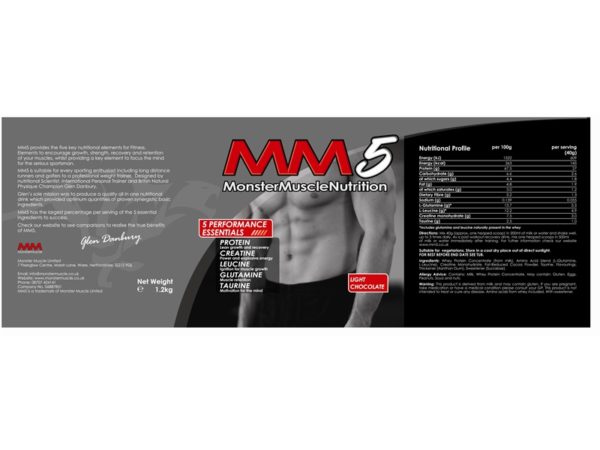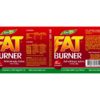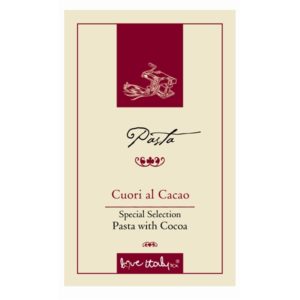Health and Nutrition Labels
Home / Full Product Range / Food and Drink Labels / Health and Nutrition Labels
Printed bespoke to your requirements, health and nutrition labels from Labelservice can be printed on a range of face papers and adhesives. Digital printing offers you the option of competitively producing short run, multi sort work with zero origination costs, whilst flexographic presses can cater for full production runs. Labelservice also has the ability to taper artwork to fit any tub or container.
Please contact us for free samples or a printed proof from your artwork.
Nutrition Labels FAQs
Nutrition labels are informative labels found on food packaging that provide essential details about the nutritional content of the food item. These labels typically include information on energy (calories and kilojoules), fat, saturated fat, carbohydrates, sugars, protein, and salt. They are designed to help consumers make healthier food choices by understanding the nutritional value of different food products.
Nutrition labels focus specifically on the nutritional content of the food, such as calories, fat, and sugar levels, whereas ingredient labels list all the ingredients used in the product. Ingredient labels are presented in descending order of weight and include information on allergens. Nutrition labels, on the other hand, provide quantitative information that helps in assessing the dietary value of the food.
In the UK, nutrition labels must include information on energy (in kilojoules and kilocalories), fat, saturates (saturated fat), carbohydrates, sugars, protein, and salt. This information is typically provided per 100 grams or 100 millilitres, and sometimes per portion of the food.
Yes, nutritional labelling is mandatory for prepacked food in the UK. This requirement ensures that consumers have access to important nutritional information, aiding them in making informed dietary choices.
British nutrition labels can be read by looking at the amount of energy (calories and kilojoules), fat, saturated fat, carbohydrates, sugars, protein, and salt per 100 grams or millilitres. Comparing these values with the recommended daily intakes can help in understanding the nutritional contribution of each food item to an individual’s diet.
Certain foods in the UK are exempt from requiring a nutrition label. These typically include unprocessed foods, foods sold loose or in small quantities, and foods produced by small manufacturers. However, if a nutrition or health claim is made, then nutrition labelling becomes mandatory.
Not all foods have a nutrition label. In the UK, exemptions include unprocessed foods, foods sold loose, and products made by small manufacturers. However, most prepacked foods will have a nutrition label as part of the mandatory requirements for food labelling.
In the UK, nutrition labels on prepacked food must mandatorily include the energy content (in kilojoules and kilocalories), total fat, saturated fat, total carbohydrates, sugars, protein, and salt. This information must be clearly presented, typically per 100 grams or millilitres and sometimes per serving.
Nutrition information labels on food packaging help consumers make informed choices about their diet. They provide essential information on the amount of energy (in kilojoules and calories), fat, saturated fat, carbohydrate, sugars, protein, and salt present in the food. This information aids in maintaining a balanced diet and managing intake of substances like fat, salt, and added sugars.
The NHS provides clear guidelines to determine if a food product is high or low in these substances. For instance, a product is considered high in total fat if it contains more than 17.5g of fat per 100g, and low if it contains 3g or less per 100g. Similar benchmarks exist for saturated fat, sugars, and salt. These guidelines help in identifying and reducing the intake of foods high in unhealthy components.
Many food products feature front-of-pack labels with colour coding to provide a quick overview of their nutritional content. Red indicates high levels, amber indicates medium levels, and green indicates low levels of fat, saturated fat, sugars, and salt. A product with mostly green labels is generally a healthier choice, while those with red labels should be consumed less frequently and in smaller quantities.
The ingredients list on food packaging is arranged in descending order of weight. This means that the main ingredients are listed first. If high-fat ingredients like cream, butter, or oil are among the first few listed, it’s likely that the product is high in fat. This can be a useful tool in assessing the overall healthiness of the product.
Reference intakes are guidelines about the approximate amount of specific nutrients and energy required for a healthy diet. Nutrition labels often include information on how a particular food or drink product fits into these daily recommended intakes, helping consumers to manage their overall dietary consumption effectively.
When comparing similar products, it’s advisable to choose options with more greens and ambers on the colour-coded labels, indicating lower levels of fat, sugars, and salt. This approach can lead to healthier choices, especially when purchasing pre-packaged or ready meals.
Printed bespoke to your requirements, health and nutrition labels from Labelservice can be printed on a range of face papers and adhesives. Digital printing offers you the option of competitively producing short run, multi sort work with zero origination costs, whilst flexographic presses can cater for full production runs. Labelservice also has the ability to taper artwork to fit any tub or container.
Printed bespoke to your requirements, health and nutrition labels from Labelservice can be printed on a range of face papers and adhesives. Digital printing offers you the option of competitively producing short run, multi sort work with zero origination costs, whilst flexographic presses can cater for full production runs. Labelservice also has the ability to taper artwork to fit any tub or container.
Please contact us for free samples or a printed proof from your artwork.
Nutrition Labels FAQs
Nutrition labels are informative labels found on food packaging that provide essential details about the nutritional content of the food item. These labels typically include information on energy (calories and kilojoules), fat, saturated fat, carbohydrates, sugars, protein, and salt. They are designed to help consumers make healthier food choices by understanding the nutritional value of different food products.
Nutrition labels focus specifically on the nutritional content of the food, such as calories, fat, and sugar levels, whereas ingredient labels list all the ingredients used in the product. Ingredient labels are presented in descending order of weight and include information on allergens. Nutrition labels, on the other hand, provide quantitative information that helps in assessing the dietary value of the food.
In the UK, nutrition labels must include information on energy (in kilojoules and kilocalories), fat, saturates (saturated fat), carbohydrates, sugars, protein, and salt. This information is typically provided per 100 grams or 100 millilitres, and sometimes per portion of the food.
Yes, nutritional labelling is mandatory for prepacked food in the UK. This requirement ensures that consumers have access to important nutritional information, aiding them in making informed dietary choices.
British nutrition labels can be read by looking at the amount of energy (calories and kilojoules), fat, saturated fat, carbohydrates, sugars, protein, and salt per 100 grams or millilitres. Comparing these values with the recommended daily intakes can help in understanding the nutritional contribution of each food item to an individual’s diet.
Certain foods in the UK are exempt from requiring a nutrition label. These typically include unprocessed foods, foods sold loose or in small quantities, and foods produced by small manufacturers. However, if a nutrition or health claim is made, then nutrition labelling becomes mandatory.
Not all foods have a nutrition label. In the UK, exemptions include unprocessed foods, foods sold loose, and products made by small manufacturers. However, most prepacked foods will have a nutrition label as part of the mandatory requirements for food labelling.
In the UK, nutrition labels on prepacked food must mandatorily include the energy content (in kilojoules and kilocalories), total fat, saturated fat, total carbohydrates, sugars, protein, and salt. This information must be clearly presented, typically per 100 grams or millilitres and sometimes per serving.
Nutrition information labels on food packaging help consumers make informed choices about their diet. They provide essential information on the amount of energy (in kilojoules and calories), fat, saturated fat, carbohydrate, sugars, protein, and salt present in the food. This information aids in maintaining a balanced diet and managing intake of substances like fat, salt, and added sugars.
The NHS provides clear guidelines to determine if a food product is high or low in these substances. For instance, a product is considered high in total fat if it contains more than 17.5g of fat per 100g, and low if it contains 3g or less per 100g. Similar benchmarks exist for saturated fat, sugars, and salt. These guidelines help in identifying and reducing the intake of foods high in unhealthy components.
Many food products feature front-of-pack labels with colour coding to provide a quick overview of their nutritional content. Red indicates high levels, amber indicates medium levels, and green indicates low levels of fat, saturated fat, sugars, and salt. A product with mostly green labels is generally a healthier choice, while those with red labels should be consumed less frequently and in smaller quantities.
The ingredients list on food packaging is arranged in descending order of weight. This means that the main ingredients are listed first. If high-fat ingredients like cream, butter, or oil are among the first few listed, it’s likely that the product is high in fat. This can be a useful tool in assessing the overall healthiness of the product.
Reference intakes are guidelines about the approximate amount of specific nutrients and energy required for a healthy diet. Nutrition labels often include information on how a particular food or drink product fits into these daily recommended intakes, helping consumers to manage their overall dietary consumption effectively.
When comparing similar products, it’s advisable to choose options with more greens and ambers on the colour-coded labels, indicating lower levels of fat, sugars, and salt. This approach can lead to healthier choices, especially when purchasing pre-packaged or ready meals.
Printed bespoke to your requirements, health and nutrition labels from Labelservice can be printed on a range of face papers and adhesives. Digital printing offers you the option of competitively producing short run, multi sort work with zero origination costs, whilst flexographic presses can cater for full production runs. Labelservice also has the ability to taper artwork to fit any tub or container.


